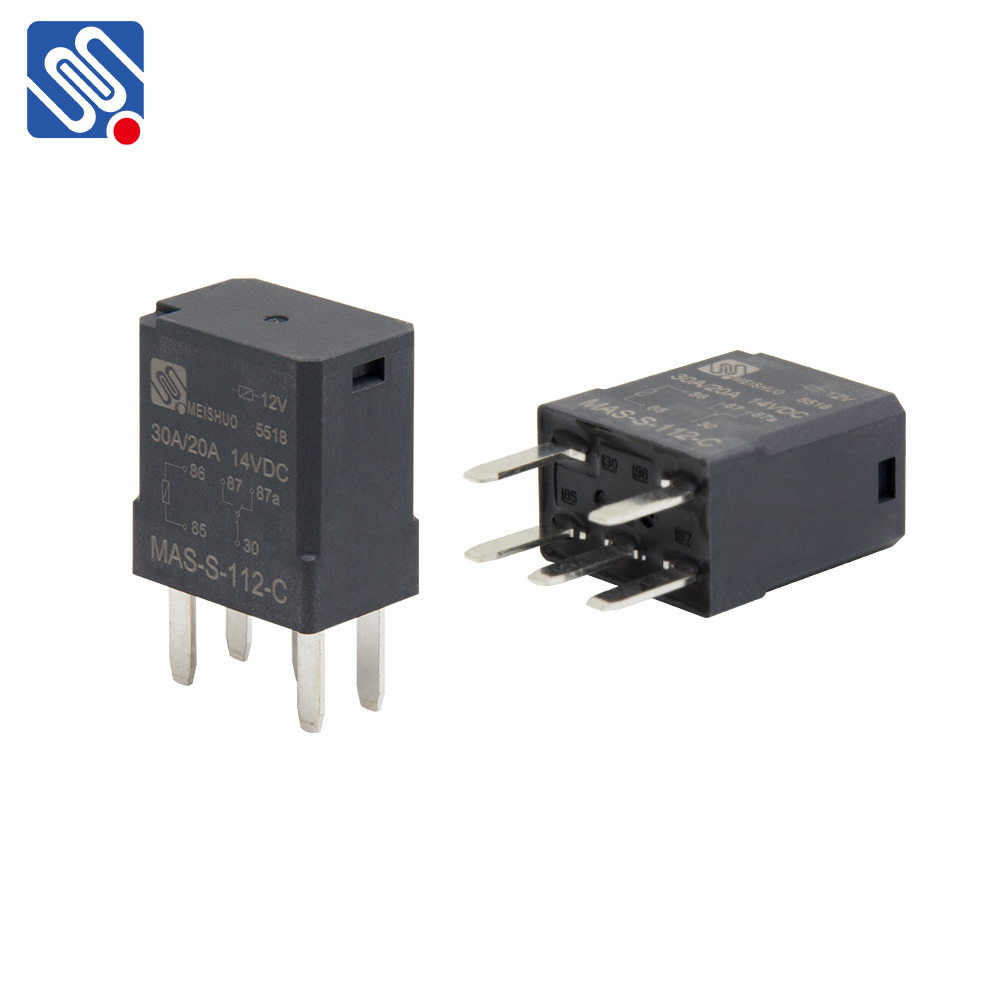Relays are essential components in various electrical and electronic systems. These electromechanical devices act as switches, allowing a low-power signal to control a higher-power circuit. However, ensuring the proper relay compatibility with a system is critical for reliable operation. Improper selection or installation can lead to malfunction, damage to components, or even system failure. In this article, we will explore the key factors that determine relay compatibility, helping you make informed decisions when integrating relays into your designs.

1. Voltage Compatibility One of the most fundamental aspects of relay compatibility is voltage. Relays operate by applying a control voltage to their coil, which in turn activates the switch mechanism. The relay’s coil voltage must be compatible with the voltage levels supplied by the control circuit. Typically, relays come in standard voltages like 5V, 12V, or 24V for the coil, so it is important to match the relay’s coil voltage with the output from the control system. In addition to the control voltage, the relay must be able to handle the voltage of the load circuit. Relays are rated for specific voltage levels, and selecting a relay with an appropriate voltage rating is crucial. For instance, a relay designed for 240V AC should not be used in a 12V DC system as it might lead to electrical hazards or malfunctions.